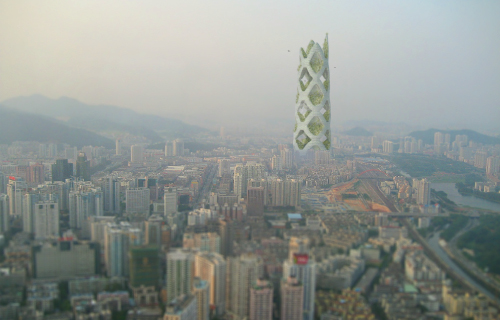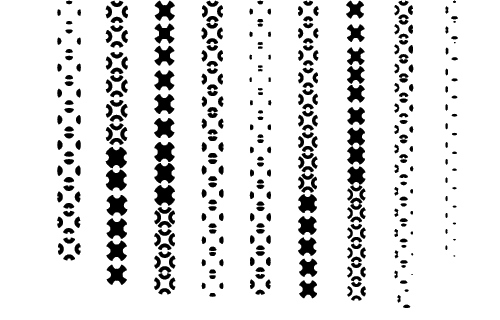Vertical City
Why does urban growth require the erasure of public space and nature?
Size is an ongoing architect's wet dream.
In an architect's world the term vertical city is cliché. We (architects, film makers, cartoonists, writers) all once had that phantasm of creating a vertical urbanism.
Not so long ago we were asked to do a piece of city in Shenzhen, China. Shenzhen is facing Hong Kong. Shenzhen is mainland, Chinese, and an urban center with an impressive quantity of production facilities; like in many parts of China, the so-called `factory of the world'.
Shenzhen is though about to change: in 2007 it opened a bridge to Hong Kong. This new link will transform the business and therefore living conditions of the region: companies already relocate to the mainland now so easily accessible and erect headquarters on more affordable grounds (current real estate in Hong Kong goes up to 20 times the cost of mainland values).
From 1986 to 1996 Shenzhen's region mutated from a landscape of mountains and forests into a continuous dense city! Urbanity took over everything. No nature subsisted. It seemed therefore obvious that this vertical adventure will be about re-introducing the most iconic Chinese natural element: the mountain.
The authentic Chinese landscape is one of soft green mountains undulating to the horizon.
In Chinese modern times of growth there's neither time nor space to preserve those experiences.
This project is an attempt at reconciling these oppositions.
project: vertical city, mixed use tower
place: Shenzhen
team: jds
status: settled
year: 2007
© jds







